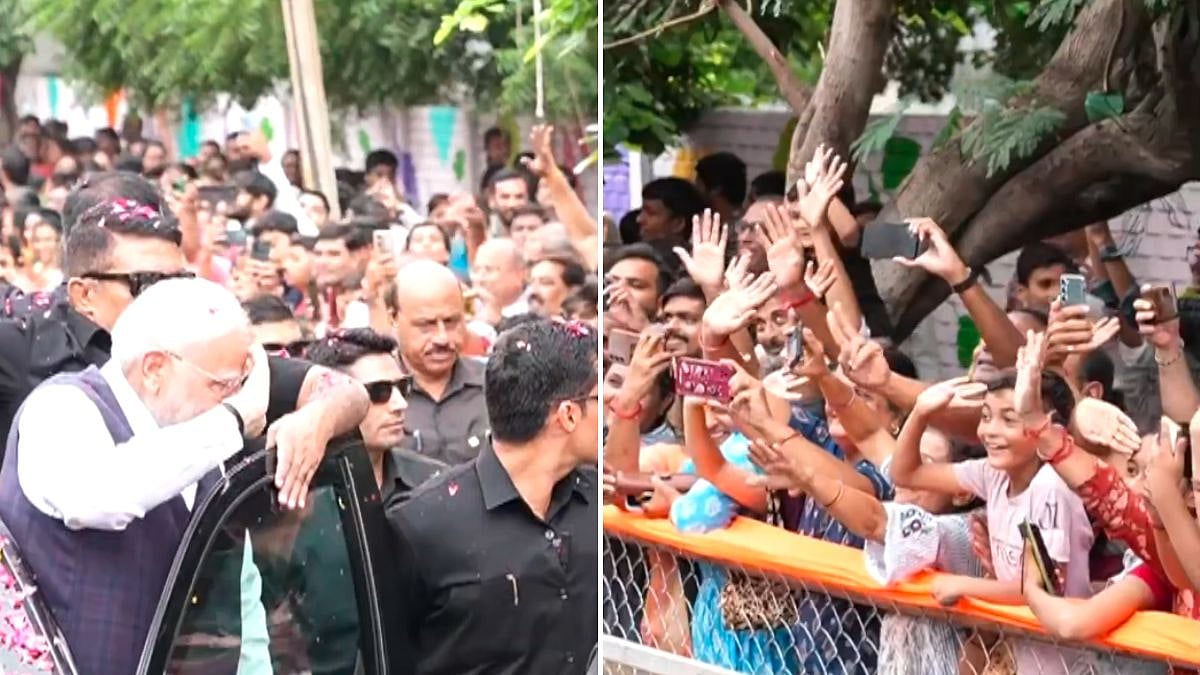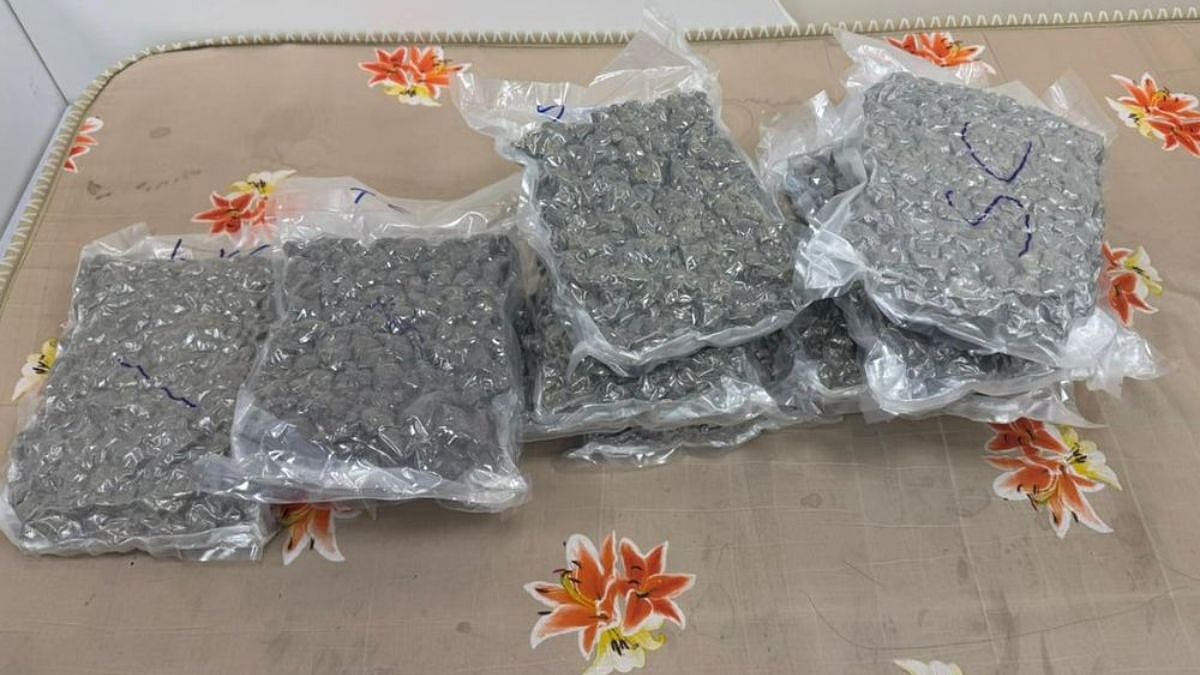New Delhi: India's current Covid-19 case total stands at 7,154, with 33 additional cases confirmed in the past 24 hours, according to the Ministry of Health and Family Welfare. During this time, there were three deaths, with two in Maharashtra and one in Madhya Pradesh, all concerning older adults who had existing health issues. The country is seeing a rise in cases associated with new variants including LF.7, XFG, JN.1, and the newly discovered NB.1.8.1 subvariant.
Kerala has the highest number of active cases at 2,165, while Gujarat reports an increase of 58 new cases, raising its total to 1,281. The number of active cases in Delhi has fallen to 731. Different states report different figures: Maharashtra has 615 active cases with 2 new cases, West Bengal reports 747, Karnataka has 467 cases with 8 new ones, and Tamil Nadu shows a rise of 27 cases, reaching a total of 231 active cases.

COVID-19 Update: India Crosses 7000 Mark; 33 Fresh Cases With 3 Deaths Recorded As Of Today | mohfw.gov
Health authorities recommend a focused vaccination approach instead of a widespread booster initiative due to the increase in cases. They stress prioritizing high-risk groups, such as the elderly and immunocompromised persons, instead of the general population, pointing to broad hybrid immunity from prior infections and significant vaccination rates.
Following Covid-appropriate practices is essential, such as wearing masks, maintaining hand hygiene, and steering clear of crowds. The federal government has called on states and territories to increase alertness as health experts emphasise the importance of distinguishing between COVID-19 and other seasonal illnesses, recommending that at-risk individuals seek prompt medical attention if their symptoms worsen.
The Indian Medical Association stresses the importance of preventive actions to reduce the increasing Covid-19 cases, which exceeded 7,000 in June 2025, with Kerala showing the highest numbers. The upsurge is associated with emerging Omicron sub-variants, waning immunity from earlier vaccinations, less public health vigilance, seasonal events, and inconsistent vaccination in rural regions.








